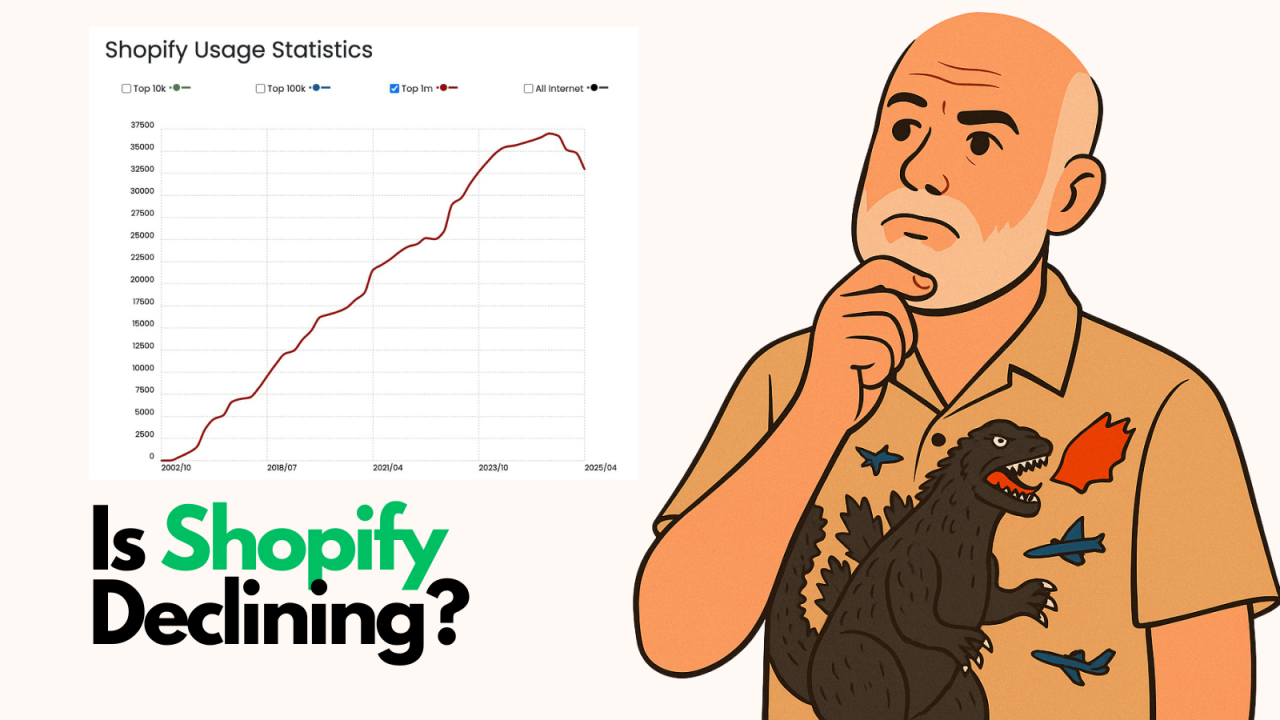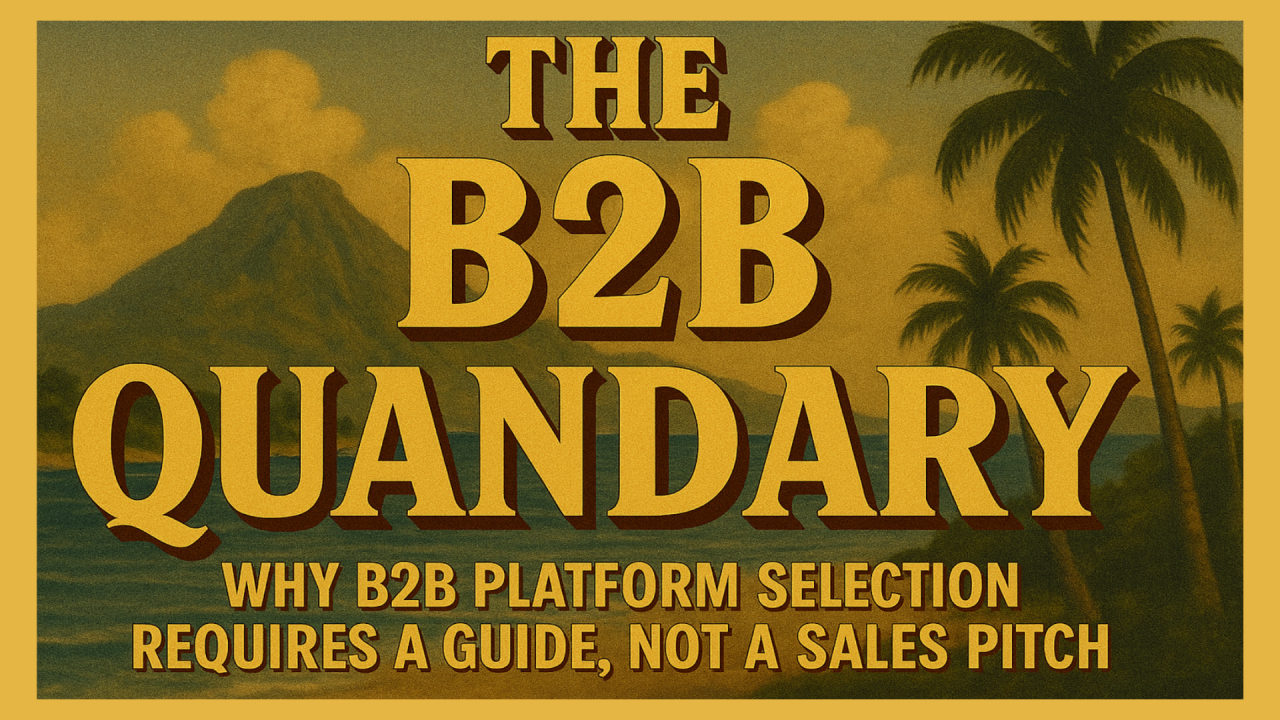

Image Source: FreeImages
In today’s digital age, content is king. With the rise of machine learning algorithms and artificial intelligence, it’s now easier than ever to generate content without a human editor. However, with this ease comes a downside. Machine-generated content can be garbage, and it can hurt you more than you think. While it may seem like a great way to save time and money, the truth is that machine-generated content lacks the human touch that is necessary for creating engaging and compelling content. In this article, we will explore the dangers of relying solely on machine-generated content and why it’s crucial to have a human editor involved in the content creation process. So, whether you’re a content marketer or a business owner, read on to learn why machine-generated content without an editor can be a recipe for disaster.
The rise of machine-generated content is a result of the growing demand for content creation across various industries. Machine learning algorithms and artificial intelligence are now capable of generating content in various forms, including articles, blogs, and product descriptions, among others. The use of machine-generated content has become popular due to its ability to save time and money, especially for businesses that require a high volume of content.
However, despite the benefits, the use of machine-generated content comes with significant risks. Machine-generated content lacks the human touch that is necessary for creating engaging and compelling content. This leads to a loss of authenticity, which can negatively impact your brand and reputation.
The use of machine-generated content without a human editor is a recipe for disaster. Machine-generated content lacks the ability to capture the nuances of human language, which makes it difficult to create engaging and compelling content. The lack of a human touch can also result in content that is impersonal and lacks authenticity.
Another danger of relying solely on machine-generated content is the risk of producing irrelevant or inaccurate content. Machine learning algorithms and artificial intelligence are not perfect, and they can make mistakes. This can result in content that is off-topic, inaccurate, or misleading, which can damage your brand’s reputation.
Machine-generated content can negatively affect your SEO efforts. Search engines, such as Google, prioritize high-quality content that is engaging, relevant, and informative. Machine-generated content lacks the ability to create this type of content, which can result in poor search engine rankings.
Machine-generated content can also result in keyword stuffing, which is the practice of overusing keywords in an attempt to improve search engine rankings. Keyword stuffing is a black hat SEO technique that can result in penalties from search engines.
There are numerous examples of machine-generated content gone wrong. In 2016, Microsoft launched an AI-powered chatbot named Tay. The chatbot was designed to learn from interactions with Twitter users and mimic human conversation. However, within 24 hours of its launch, Tay had become a racist and misogynistic chatbot, spewing offensive comments and tweets.
Another example of machine-generated content gone wrong is in the field of journalism. In 2014, the Los Angeles Times published a story about an earthquake that was generated by an algorithm. The algorithm used data from the US Geological Survey to create a story that was factually accurate but lacked the human touch that is necessary for engaging and compelling content. The content of the article evolved as human writers learned more about the situation. Read more about the evolution of the article here
The importance of human editors in content creation cannot be overstated. Human editors bring a level of expertise and creativity that is impossible to replicate with machine learning algorithms and artificial intelligence. They add personality, tone, and style to content, which makes it more engaging and compelling.
Human editors can also ensure that content is accurate, relevant, and informative. They can fact-check information, proofread content, and ensure that it meets the needs of the target audience. Human editors can also ensure that content is optimized for search engines, which can improve search engine rankings and drive traffic to your website.
The benefits of using both machine-generated and human-edited content are numerous. Machine-generated content can be used to produce large volumes of content quickly and efficiently. Human-edited content, on the other hand, can add the human touch that is necessary for engaging and compelling content.
Using both machine-generated and human-edited content can also improve search engine rankings. Machine-generated content can be used to produce content on a large scale, while human-edited content can be used to optimize that content for search engines.
To effectively integrate machine-generated content into your content strategy, it’s important to have a clear understanding of your goals and target audience. Machine-generated content can be used to produce content quickly and efficiently, but it’s important to ensure that the content is relevant, accurate, and informative.
It’s also important to have a human editor involved in the content creation process. Human editors can add the human touch that is necessary for engaging and compelling content. They can ensure that the content is accurate, relevant, and informative, and they can optimize the content for search engines.
While it may seem like a great way to save time and money, the truth is that machine-generated content lacks the human touch that is necessary for creating engaging and compelling content. The dangers of relying solely on machine-generated content include a loss of authenticity, the production of irrelevant or inaccurate content, and poor search engine rankings.
The importance of human editors in content creation cannot be overstated. Human editors bring a level of expertise and creativity that is impossible to replicate with machine learning algorithms and artificial intelligence. The benefits of using both machine-generated and human-edited content include the production of large volumes of content quickly and efficiently, the addition of the human touch that is necessary for engaging and compelling content, and improved search engine rankings.
To effectively integrate machine-generated content into your content strategy, it’s important to have a clear understanding of your goals and target audience and to have a human editor involved in the content creation process. By doing so, you can produce high-quality content that engages your audience and drives traffic to your website.
Learn more about how to grow your business with content creation

Following up on my earlier post about BigCommerce's rebrand announcement, I got my hands on theCleveland...

By Brent W Peterson AI vs Shopify: Is Platform Dominance Ending in 2025?

The B2B OG Reality Check In 1995, I built my first B2B website for my then computer assembly company. It...